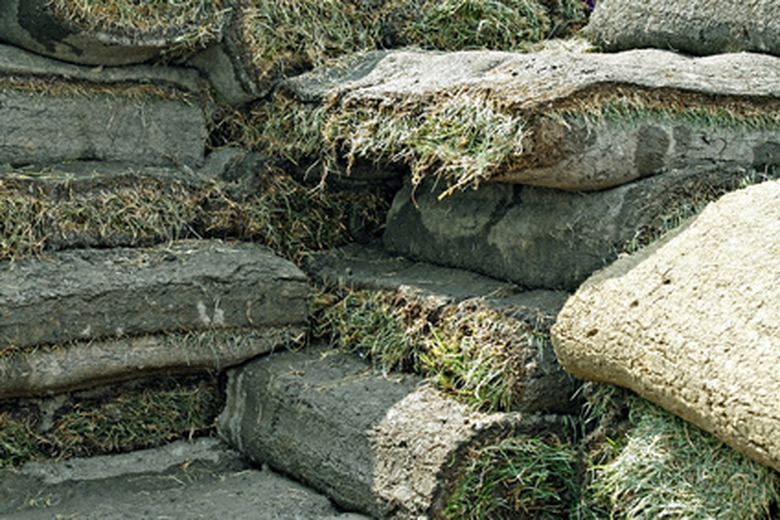Removing Sod: Tillers Vs. Sod Cutters
Sometimes, grass just has to go. Maybe you want to plant a garden, or perhaps you want to replace your sod with grass of a different type. Regardless of the reason, removing sod can prove difficult once it's rooted. Gardeners who want to strip away sod without resorting to chemicals or backbreaking physical labor can turn to tillers and sod cutters for help. Each machine has its advantages and disadvantages.
Methods of Removal
Methods of Removal
While tillers and sod cutters each remove swaths of lawn, but they do so in very different ways. Tillers rip the grass and churn it into the soil using multiple tines rotating around a central axis. Rear-tine tillers traditionally are more powerful than front-tine models. Sod cutters remove both grass and a thin layer of soil from the ground while simultaneously cutting the sod into strips, which you then roll up and remove.
Power
Power
Tillers and sod cutters both come with a couple of power options. Most sod cutters and tillers are gasoline powered, and while gasoline models tend to have more oomph than other types, they can get loud. However, there are quieter options available: Electric powered tillers are helpful for lightweight tasks around the yard, but you need to be near an electrical outlet to use one. Manual sod cutters require quite a bit more back power than their engined cousins, but the lack of an engine makes buying and maintaining one a low-cost option for budget-minded gardeners.
Sod Disposal
Sod Disposal
The biggest difference between sod cutters and tillers is what they do with the grass. While sod cutters create easily removed strips, tillers rip the turf and churn it into the soil. Tilling sod allows the grass to decompose in the ground and release valuable organic content into the soil, but if your lawn contained weed seeds, the upheaval can cause them to germinate and take root — a hazard you can avoid by using a sod cutter. However, using a sod cutter means you need to find a way to dispose of the sod. Cutting sod into strips also gives you the option to quickly replant the grass in another location or add it to a compost pile.
Site Considerations
Site Considerations
Tillers work great in most locations, but not all. Rocky soils can bend tines and send dangerous stones flying, while soils with a high clay content can be difficult to penetrate at all. The skimming method used by sod cutters bypass both of these problems for the most part, since you're only severing a thin layer of roots and soil along with the grass.
